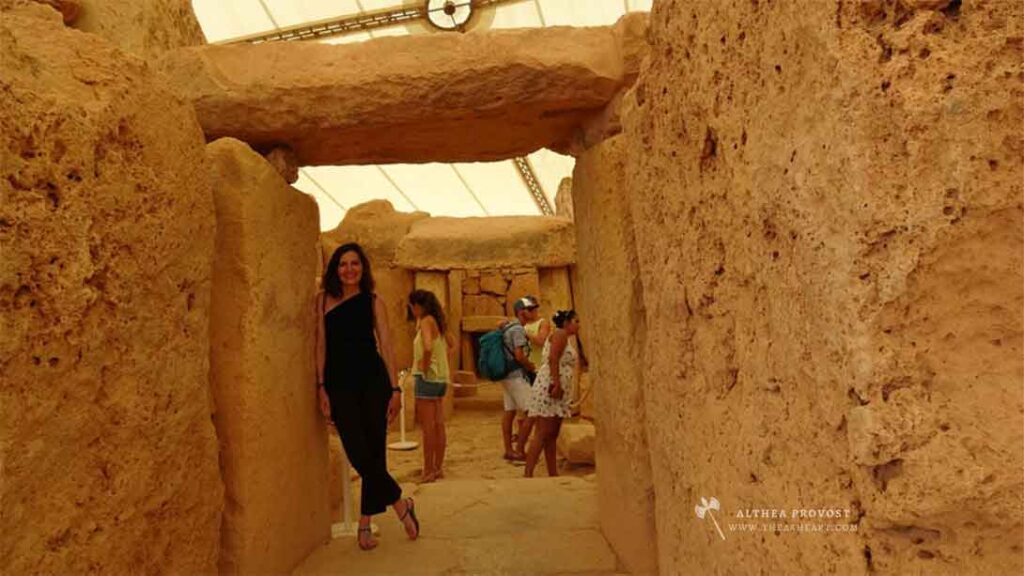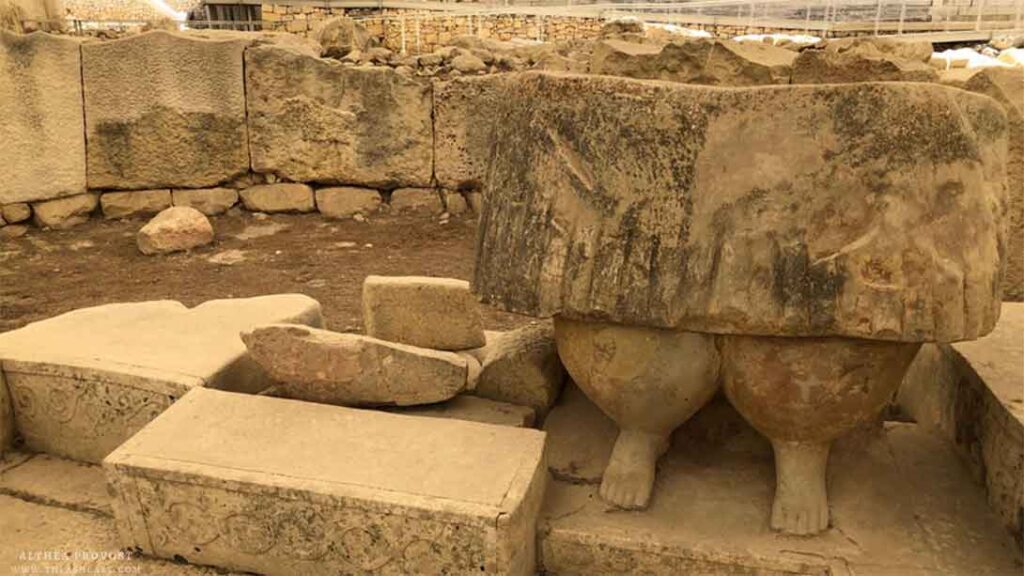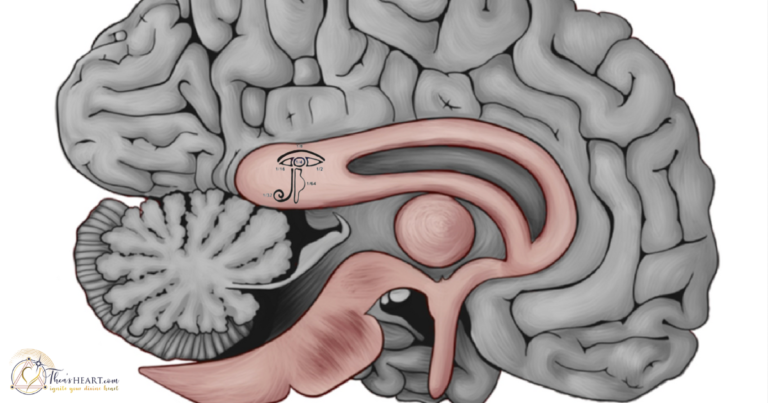Ħal Saflieni Hypogeum Elongated Skull


HELLO VALLETTA
Valletta is a UNESCO World Heritage city as well as being the capital of Malta. Considered one of the most concentrated historic areas in the world, laid out in a Hippodamian grid, fortified yet seized by the Phoenicians, Greeks, Carthaginians, Romans, Byzantines, Arabs, and Knights of Saint John.1 Founded in 1566, Valletta is a sea of limestone and pale cement, churches dominate the landscape while trees appear as an afterthought, so sparse is nature’s blessings. The architecture and monuments reflect the preferences of its many rulers, with the last significant modification in 1798 when the Order of Saint John abandoned the city. Valletta’s steep and narrow streets are similar to the city of San Francisco, albeit Valletta was founded 200 years before the founding of America. For me, Valletta receives its pulse from the local Maltese people residing within the city center. Like any popular destination, the city contracts and expands from seasonal tourism.
THE GODDESS
The mother goddess, her primordial heartbeat, was skillfully imprinted onto the land by the early Neolithic settlers who constructed megalithic temples in her honor. Over 5,000 years ago, master architect’s adept in mirroring heaven onto earth surveyed the Maltese landscape, quarrying coralline and globigerina limestone to construct ceremonial centers that can withstand the brutality of time. These temple builders oriented the megalithic buildings to celestial alignments and geological features in Malta. Sophisticated engineering, trilithon entrances, and cloverleaf apses illuminate with the rising sun during equinoxes and solstices. At Mnajdra, the phases of the moon were observed, then notched onto the interior of a standing stone. Perhaps these lunar markings suggest the moon’s illumination was also a significant aspect within the ceremonial landscape.
The Neolithic people celebrated Gaia, the earth mother, engaged in agriculture, animal husbandry, producing symbolic art in vessels, reliefs, and statuary. Stone and shell jewelry demonstrate adornment, beautification, and offerings. Walking the limestone temple ruins of Ħal Saflieni Hypogeum, Ħaġar Qim, Mnajdra, Tarxien, this prolific culture rich in architectural and astronomical understanding asks us to remember a time when these centers were utilized for esoteric education, if not initiations for higher learning and celebration.
WHAT HAPPENED TO THE ELONGATED SKULLS

At the Hypogeum, a burial site once containing the remains of over 7,000 individuals created quite the stir. Having spent over a decade in and out of Neolithic burial mounds, long burrows, tombs, and prehistoric caves, I have developed a sense of ease in and around burial sites but here, I was energetically affected. My third eye became increasingly stimulated inside this semi-illuminated underground burial site. I also felt a sense of excitement from the inherent knowledge rising within as I exited the building. And yet, one of my adventurers appeared unsettled if not agitated while another was sharing her peaceful experience. The mix of emotions around me, coupled with my energetic response, I turned to the GPS to navigate my exit from Paola. GPS in Malta is more of a suggestion rather than an absolute. I listened and turned right. Much to our surprise, we soon discovered I was driving in the wrong direction on a one-way street. My experience at the Hypogeum produced a powerful response within me that with 20-20 hindsight, I should have sat on the sidewalk outside Ħal Saflieni allowing for the cellular knowledge to rise into my consciousness while melting in the baking sun. And when that was complete, address the energy swirling around me from my fellow starseeds.
I will share more on the Hypogeum in my upcoming course and close with recent news about the elongated skulls found at Ħal Saflieni Hypogeum.
During initial excavations, several elongated skulls were found. While the skulls and artifacts were removed from the site and some of the skulls were displayed at the Archaeological Museum in Valletta. In 1985, the elongated skulls were removed once again from public display and with access restrictions, controversies grew. These skulls dating back to 5,000 years or more have quite the alien conspiracy following.
In July 2019, I learned of a recent DNA project being awarded to review the origin of these skulls. The project titled, “The Sentinels of Ħal Saflieni, Malta: Science Facts versus Science Fiction” will attempt to test the elongated skulls that were discovered in 1926 by Temi Zammit. 2 At the time of discovery, the skulls were covered in lime as a preservation method which later rendered the DNA useless for testing, so it was thought.
To be continued….
1 Centre, UNESCO. “City Of Valletta.” Whc.unesco.org. N.p., 2019. Web. 7 Sept. 2019.
2 “” MaltaToday.com.mt. N.p., 2019. Web. 7 Sept. 2019.
©2021 Thea’s Heart, LLC™ – All Rights Reserved


